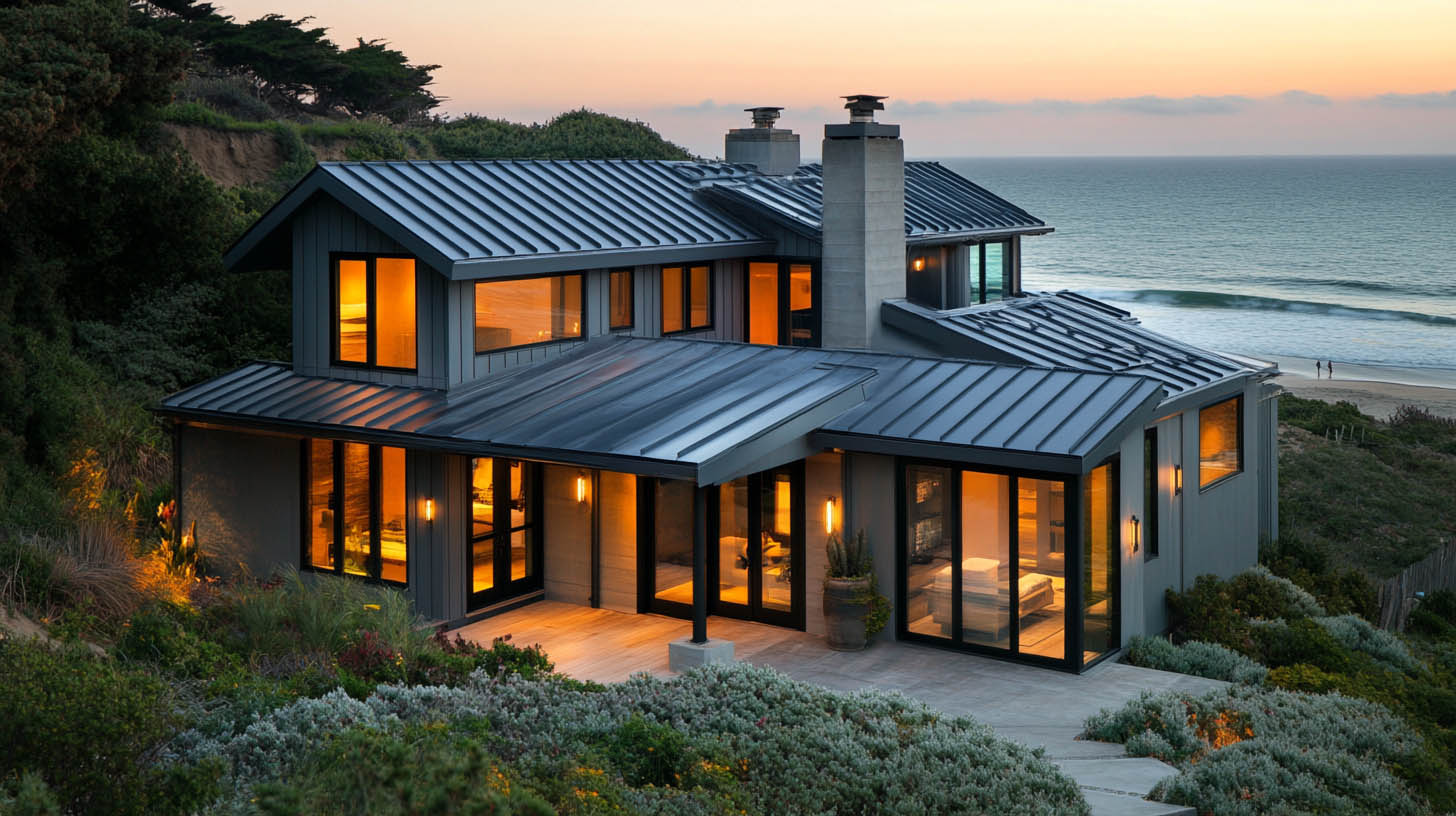
Beachfront properties offer beautiful views and easy access to the ocean but come with unique challenges when it comes to roofing. Coastal homes are exposed to harsh weather, high humidity, and salt that can accelerate the wear and tear of roofing materials. Rainstoppers Roofing in Charleston, WV, helps homeowners in coastal areas choose the right roofing materials to withstand these environmental conditions and protect their properties.
Top Roofing Materials for Coastal Environments
1. Asphalt Shingles
Asphalt shingles are a popular choice due to their affordability and resistance to weather conditions. They can last up to 30 years in milder climates, but coastal conditions may reduce this lifespan due to high humidity and salt exposure. Applying UV-resistant sealants can help asphalt shingles endure the intense sun and extend their lifespan.
2. Copper Roofing
Copper is ideal for coastal areas due to its natural corrosion resistance. Over time, it develops a protective green patina that prevents moisture damage. Although copper roofing is costly, its long-term durability and ability to withstand strong winds make it a worthwhile investment.
3. Slate and Stone
Slate and stone tiles are among the most durable roofing materials available, with some slate roofs lasting over a century. Their heavy weight makes them exceptionally wind-resistant, ideal for coastal homes where high winds are common. However, additional structural framing may be required to support the weight of slate or stone tiles.
Considerations for Coastal Roofs
Resistance to Corrosion
Salt in coastal air accelerates corrosion, particularly in metal roofs. Choosing materials with natural resistance to salt, like copper or slate, is essential. For metal roofs, selecting alloys that resist rust can add longevity to the roof’s lifespan.
Moisture Management
High humidity can cause roofing materials to deteriorate faster. Opt for materials that resist moisture and mold, such as treated wood or synthetic options designed to perform well in humid climates.
Impact of Strong Winds
Coastal regions often experience strong winds, especially during storm seasons. Heavy roofing materials like slate or copper are more resistant to lifting and other wind-related damage. Standing seam metal roofs are another wind-resistant option, providing durability and stability during storms.
Conclusion
Choosing the right roofing material for a coastal home requires careful consideration of factors like wind resistance, corrosion, and moisture. Rainstoppers Roofing offers coastal homeowners guidance in selecting and installing durable roofing solutions that meet these unique challenges.
FAQs
- What roofing materials work best for salt-heavy coastal environments?
- Copper and slate are excellent choices for coastal areas due to their resistance to salt and corrosion.
- How can I protect asphalt shingles in a coastal environment?
- Apply UV-resistant sealants to help asphalt shingles withstand sun exposure and delay the effects of humidity.
- Do I need special support for slate roofing?
- Yes, slate is heavy and typically requires additional structural framing to handle the weight.
- Are metal roofs suitable for coastal homes?
- Yes, especially alloys treated for corrosion resistance; they are durable and resistant to high winds.
- How long do copper roofs last?
- Copper roofs can last over 50 years, with the patina layer providing additional protection against the elements.
To learn more about roofing trends in 2024, click here.
